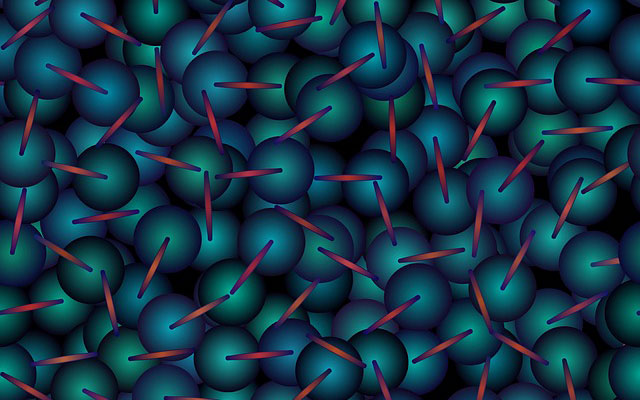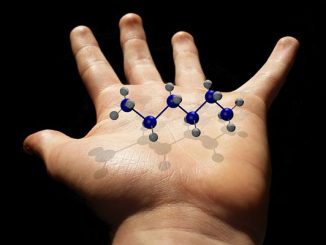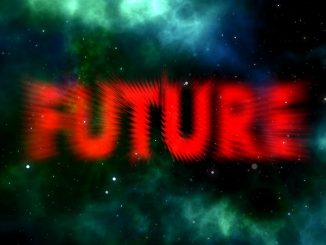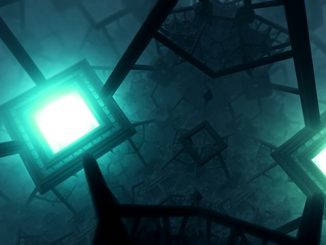
Scientists amaze us!
They are like super human beings who have the power to change the world with the brilliance of their minds.
But, in reality, and just like the rest of us, life for them is not that easy.
History tells how many of them had been persecuted for their scientific discoveries and inventions. Others heartbreakingly overlooked.
Remember Galileo Galilei? The great Italian astronomer and physicist who spoke the words, “Unhappy is the land that needs a hero,” in reply to a disillusioned follower after his infamous recantation?
Galileo was threatened with various forms of torture — really gruesome ones at that period — were he not to renounce his heliocentric theory that contradicted the Catholic Church’s belief that the sun and everything else in the heavens revolved around Earth.
Spanish physician and Renaissance humanist Servetus, who discovered pulmonary circulation, was himself condemned as a heretic and mercilessly burned alive on a stake.
Albert Einstein was spared such barbarism but persecuted nonetheless by the Nazi regime. His properties were seized and his books burned.
But while the likes of Einstein and other scientists were awarded Nobel Prizes for their great achievements, Thomas Edison — one of the world’s most brilliant inventors — never got the chance to receive that kind of prestige and recognition.
Scientists are as human as we are. They feel different emotions, even a lack of confidence at times in spite of what they’ve achieved.
This is the case with Swiss chemist Johann Friedrich Miescher who discovered the molecule that contains the blueprint of life — deoxyribonucleic acid or DNA.
The year was 1869, Miescher was researching at the Hoppe-Seyler’s laboratory (Hoppe-Seyler is an early 1800s German physiologist and chemist who is known as the principal founder of the disciplines of biochemistry and molecular biology) to know more about the chemical composition of cells. He was focusing on lymphocytes, which he preferred since these were simple and independent type of cells from the lymph nodes. He wanted to find out the key components of these white blood cells although he had difficulties at first since they were hard to purify.
Then, upon Hoppe-Seyler’s suggestion, Miescher obtained pus-coated bandages from a medical clinic which provided him the opportunity to examine leucocytes better.
At first, Miescher put salt solutions on his base material. Then, upon adding acid to the cell solution, he observed that a substance got separated from it. However, when he added alkali, it dissolved again.
With further studies on the substance, Miescher concluded that it had different properties from other proteins and he decided to call it “nuclein” since it came from the cell nucleus.
But, Miescher hesitated to share his new discovery with the scientific community due to his lack of communication skills. He spent more years experimenting before publishing this new knowledge about nuclein and his belief that it was a completely new type of cell that’s just as important as proteins in 1874.
Yet, it took a while for the scientific community to appreciate Miescher’s discovery. At that time, experts believed that our genetic materials were contained in proteins — not in this very simple “nuclein” that Miescher was claiming to make up human genome.
Then, in 1881, it was German biochemist Albrecht Kossel who established the facts about nuclein as Mieshcer had claimed. He identified the substance as a nucleic acid and gave it the chemical name, deoxyribonucleic acid (DNA).
It was also Kossel who had successfully isolated the 5 nucleotide bases that are the building blocks of DNA and ribonucleic acid (RNA): adenine (A), cytosine (C), guanine (G), thymine (T) and uracil (U).
These discoveries are more than a hundred years old! And today, scientists are gaining more and more awesome knowledge and creating more exciting inventions.
Now, human DNA has become an inspiration in inventing easier-to-operate nanorobots which can walk and move around and pick up cargoes!
Caltech scientists led by recent PhD graduate and bioengineer Anupama Thubagere invented this new kind of robot from 53 nucleotides, with a hand and arm plus a leg and a foot. These body parts allow the nanorobot to walk around and pick up objects.
Past DNA-based nanorobots were too complex that it was difficult to program them with other functions. With this new invention, the team was able to make their swarm of simple nanorobots to work in compartmentalized large groups to complete a task.
These easier-to-operate nanorobots could have many medical applications like cancer detection and creating small molecular factories to build up drugs and transporting them into the bloodstream when necessary.
“I am interested in taking the lessons we learnt from building this system into designing therapeutic tools,” Thubagere said in an email to the LA Times. “But in order to do so we will have to understand the stability of such systems in more complex and changing environments.”
Yes, there’s still a lot of work to be done to prove the efficiency of these nanorobots but many feel that it’s already a significant achievement that could mark an even brighter tomorrow for medicine and nanotechnology.
“I thought it was a fairly major step forward in molecular robotics,” remarked John Reif, a DNA nanoscientist at Duke University. According to him, the experiment, “demonstrated that a little army of DNA robots can operate in parallel independently to work together to solve a problem.”
Indeed, it is what general-purpose nanotechnology hopes to achieve. And that is, that the field would revolutionize the world in such a way that we would benefit from smarter, safer, and longer-lasting products. Here is how the US National Science Foundation envisions the future with nanotechnology is very inspiring:
‘Imagine a medical device that travels through the human body to seek out and destroy small clusters of cancerous cells before they can spread. Or a box no larger than a sugar cube that contains the entire contents of the Library of Congress. Or materials much lighter than steel that possess ten times as much strength.’
Looks like we are not that far from these once-thought science fiction type scenarios ; and this thanks to the hard work and brilliance of the world’s scientific community.
- Bulenox: Get 45% to 91% OFF ... Use Discount Code: UNO
- Risk Our Money Not Yours | Get 50% to 90% OFF ... Use Discount Code: MMBVBKSM
Disclaimer: This page contains affiliate links. If you choose to make a purchase after clicking a link, we may receive a commission at no additional cost to you. Thank you for your support!




Leave a Reply